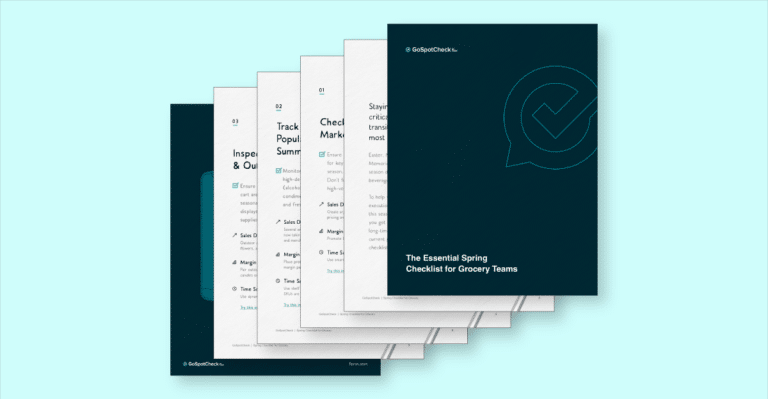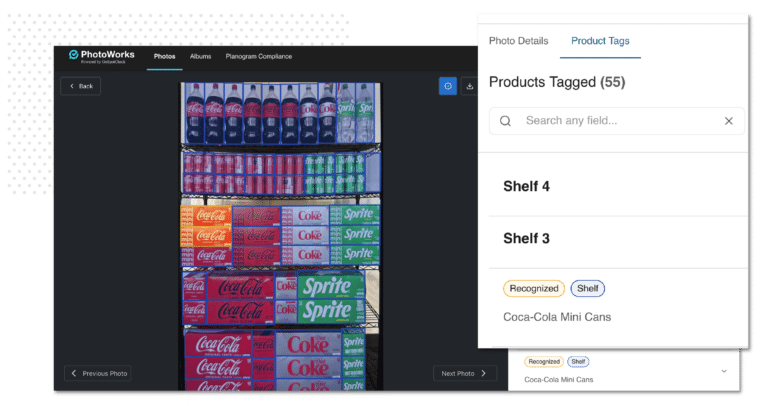In the face of uncertain times, you need surefire methods for correcting undesirable outcomes in your processes. Now more than ever, CAPAs can ensure your product or service achieves your goals unhindered—even in the midst of an economy and society in flux. Focusing on the variables you can control, such as product quality and operational excellence, will give your organization a considerable leg up in a volatile marketplace.
CAPAs, or Corrective and Preventive Actions, serve as the backbone for correcting faulty processes. They also contribute to continuous improvement by informing preventive efforts with real-world scenarios. If you aren’t currently leveraging automation to connect CAPAs across the enterprise, now is a great time to start. CAPAs are a prime example of an area where going digital can result in dramatic improvements.
Well-connected CAPAs can deliver leaner, smarter, and faster results that position your team to deliver a more consistent process. If you use paper forms, spreadsheets, or antiquated software to accomplish your CAPAs, consider the benefits of moving to an automated mobile solution. Traditional methods for CAPAs are starved for better integration, ease of use, and communication, and these are at the very core of digital automation solutions.
In this blog, we’ll discuss the four benefits of automating your CAPAs now, making them more impactful, connected, and traceable than ever:
- Better traceability equals better accountability
- High-quality evidence yields high-quality prevention
- Workflows slice through manual processes
- Analysis tools make a murky future clearer
Benefit #1: Better traceability equals better accountability
In the context of a global pandemic that has shaken traditional business practices to their core, improving traceability will prove to be an essential element in retaining profitability. Now is not the time for confusion or uncertainty when it comes to refining your processes. You need to know how data is driving decision-making, and you can’t do that without clear audit trails.
If you’re working with paper or spreadsheets, you know that chasing down forms can feel like herding cats. Automating your CAPAs with mobile forms helps you determine the path that mission-critical information takes throughout your organization. Integrated CAPAs allow you to connect the forms used in correcting processes with the right people. Everyone who needs to know about a corrective action receives a notification, and the follow-up tasks to prevent recurrence automatically travel to the right people.
A mobile data collection platform with clearer audit trails provides an additional layer of accountability. You can easily and quickly chart every employee’s actions from the point of the inciting incident to the final follow-up. The ability to prove the route of compliance is especially crucial in sectors where CAPAs are beholden to US Federal GMP (Good Manufacturing Practices) regulations, such as the medical devices industry. When you can be certain that you are compliant (and can prove as much), you’re establishing a consistency that will give you a leg up in the current climate of unease.
Benefit #2: High-quality evidence yields high-quality prevention
When a customer complaint triggers an inspection, a CAPA usually follows close behind it. Gathering high-quality, clear evidence of what led to the complaint in the first place is a critical component in preventing it from happening again. Unfortunately, performing quality inspections on paper carries the risk of damaging the “unbroken truth.” It’s possible to scrawl barely legible notes in the margins, miss crucial data points, and break with the established procedure. Spreadsheets are no better with their overcomplicated presentation and easily disintegrated formulas.
That’s what makes a mobile data collection solution so revolutionary for CAPAs. CAPAs powered by a mobile solution can be configured with a diverse array of conditional logic, creating dynamic paths that streamline forms and ensure employees stay on track. For example, show/hide logic keeps irrelevant information from confusing the user. When an inspector enters a specific answer, the relevant follow-up questions and responses automatically populate the next section of the form.
A mobile solution also allows workers to take photographic proof of noncompliance on their mobile device, add markup and notes, and embed it within the completed forms. If an employee ever requires a refresher on the standards, reference info can be integrated directly within the CAPA form, providing on-demand reminders for the relevant scenarios. All of these features provide evidence of exceptional quality, lending your inspections to higher quality prevention. With better prevention comes greater certainty in your CAPAs—a precious commodity in today’s unpredictable marketplace.
Benefit #3: Workflows slice through manual processes
The systematic investigation of nonconformity involves a large number of stakeholders, teams, and processes. Because these elements span vastly different parts of your quality management system, using paper or antiquated software makes connecting those components challenging. With those outdated methods, you need exhaustive email chains and filing cabinets full of paperwork to corral all the different tasks and teams. That’s where automated workflows can have huge impacts on your efficiency and teamwork.
With automated workflows in play, it’s possible to connect the outcomes of quality inspections directly with the next logical step within CAPAs. The results of CAPAs are then automatically directed to the next responsible person in the chain of command. This allows priority to bounce between different individuals and teams, automating tasks such as follow-up inspections and work orders.
As we explored in benefit number one, traceability is critical to your success in an uncertain marketplace. With a mobile data collection and collaboration tool, you can ensure that tasks go to the right people without fail—and be certain that everyone stays accountable. With custom statuses and deadlines, each task can be tailored to the context (and still be easily automated). Every event triggered by workflows remains crystal-clear and transparent, keeping management in the loop and CAPAs driving improvement.
Benefit #4: Analysis tools make a murky future clearer
The primary goal of performing CAPAs is continuous, long-term improvement. When properly applied, CAPAs can eliminate issues at both a granular and big-picture level. However, they often operate as ad-hoc affairs, correcting the same issues repeatedly and individually, especially when they are sparked by a customer complaint. Often companies place unbalanced emphasis on the corrective side of CAPAs. Prevention becomes an afterthought, a vague idea to scribble in the final, “next steps” section of a form.
Strong data analysis tools can help you draw more actionable data from CAPAs, making them much more effective at reaching useful conclusions (and invoking prevention tactics) over time. Similarly, highly effective CAPAs fully emphasize their preventive intent by backing up historical metrics uncovered by analysis. Integrating the data you gather from CAPAs with relevant inspections and other data sources allows you to draw more data-driven conclusions. Ultimately, it paints an unrivaled picture of things to come.
Analysis tools come in many forms, from custom reports to configurable dashboards. However, no matter what tools you use, it’s critical to connect them with real, actionable data. There’s no point in firing up a colorful, dynamic dashboard if all the information you’re getting is weeks old or from only one source. Remember to load your analysis tools with the right ammunition: real-time, accurate data straight from the relevant location.
Next steps: getting started with CAPA automation
These four benefits make it clear that automating your CAPAs now can make a dramatic difference in how your organization weathers an unpredictable climate. If the pandemic has shown us anything, it’s that mastering the variables you can control will offer some much-needed consistency in your process. These four benefits in tandem create an end-to-end data collection, sharing, and analysis system that keep your management team constantly in the loop. If your organization is still working with paper, spreadsheets, or antiquated software, it’s time to consider making a change.
Form.com knows that CAPAs form the core of effective process improvements. We specialize in making CAPAs faster, smarter, and better connected. Our team will work with you to configure a purpose-built solution that matches your existing process perfectly. Get in touch with a solutions expert today to learn how Form.com can help your organization track CAPAs from point A to point done. Or, upload your forms, and we’ll begin the demo process by recreating your process within our platform.








